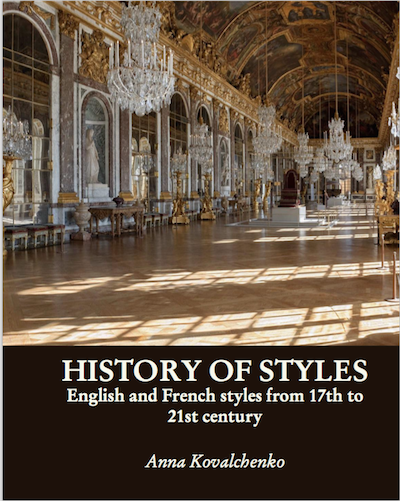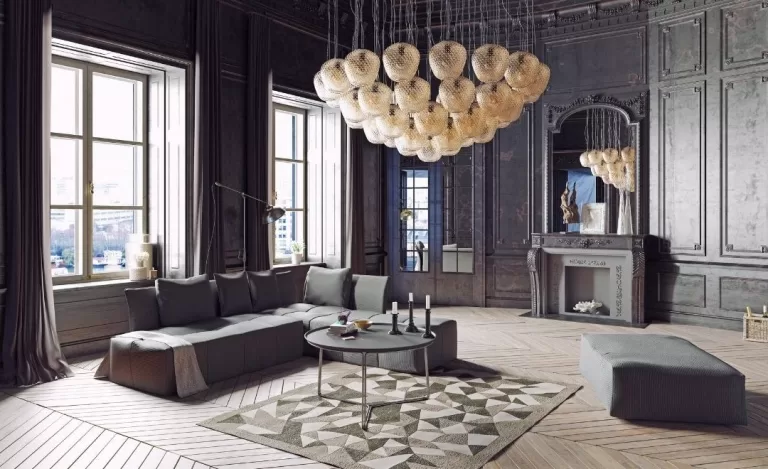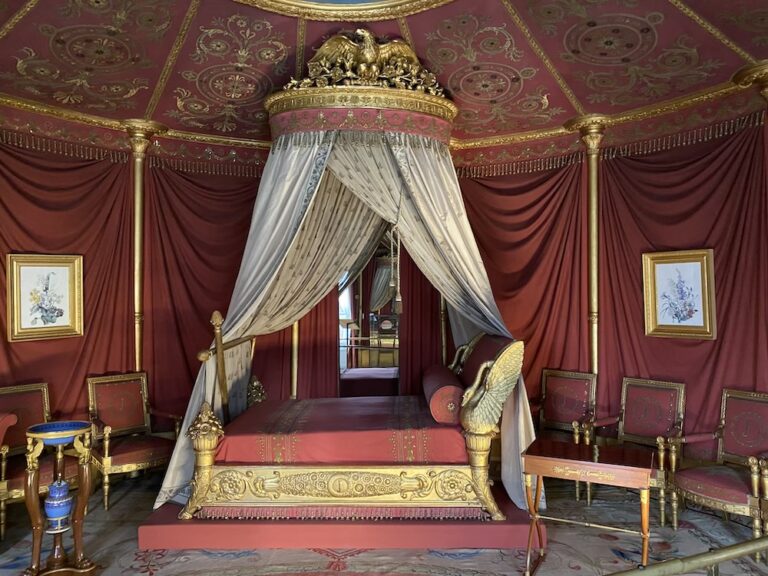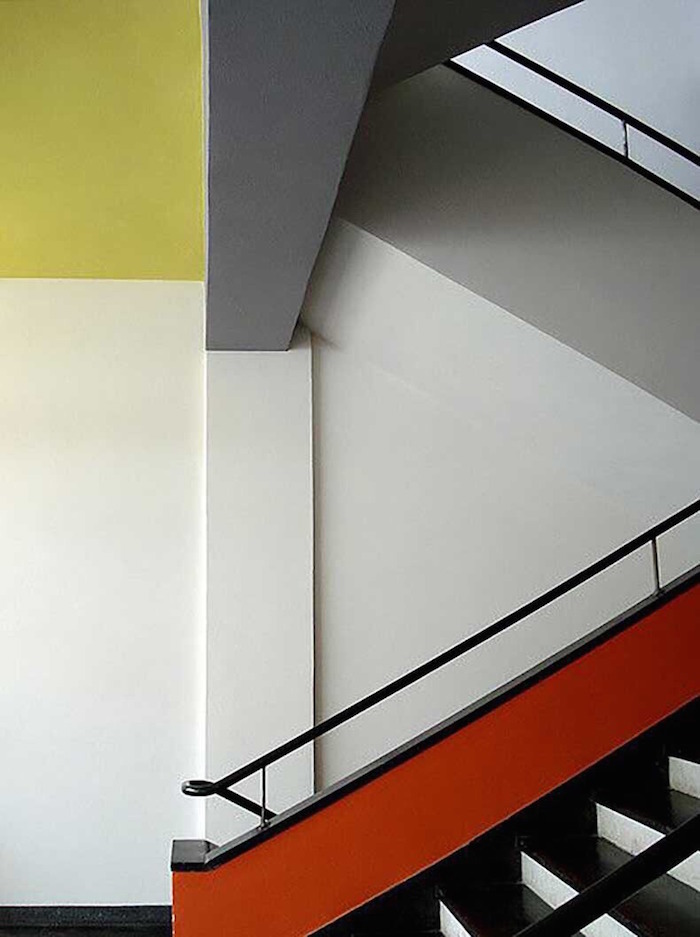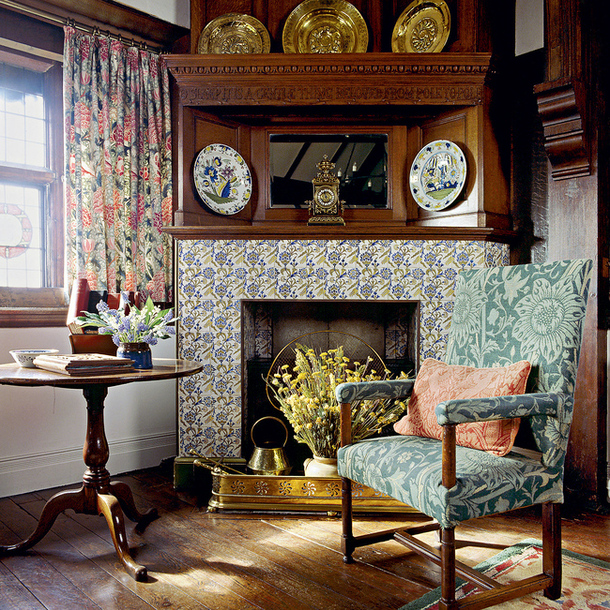Style At a Glance: French Provincial
Style history: what is French Provincial style
The end of the 17th and 18th centuries is an era when art and architecture became really important for the French royal family and the wealthy aristocrats close to it. The baroque, rococo and classicism of the three Louis are firmly established in history – with their ornate forms, an abundance of gold, marble, marquetry and other expensive jewelry. However, while the kings were building new, even more luxurious palaces, a new class appeared in France, which could also afford beauty and comfort. Provincial merchants, bankers, manufactory owners, and small-scale noblemen who did not belong to court circles furnished their homes with a simplified version of the classics, the originality of which was given by the individual features of local crafts.
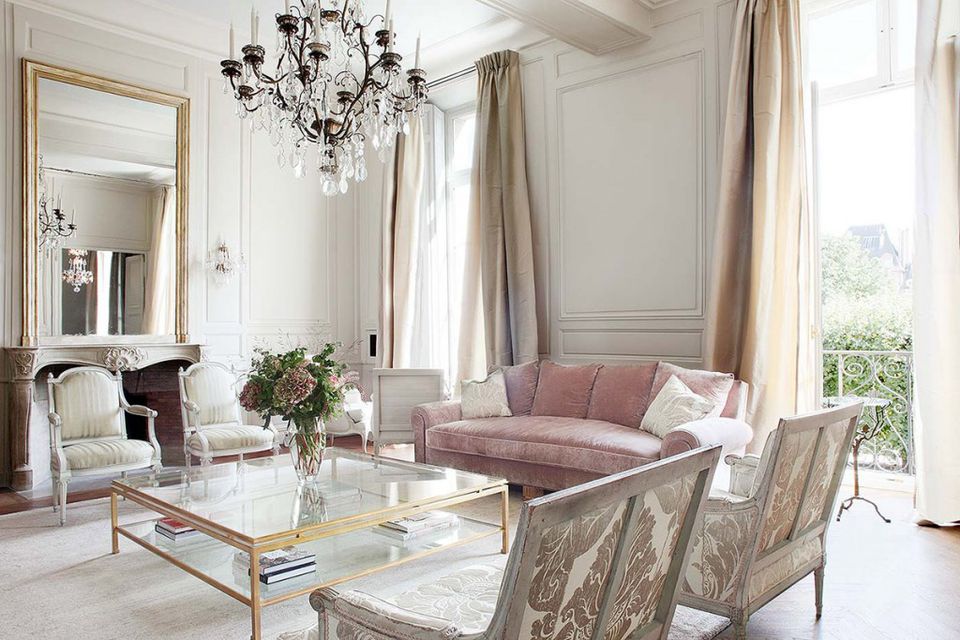
The provincial classics were based on the French baroque and Rococo, adapted to everyday life by local cabinetmakers, artists, ceramists and weavers. They redesigned pieces of furniture, choosing more functional shapes, less flashy colors, affordable materials and, like no one else, knew how to admire beautifully aging surfaces.
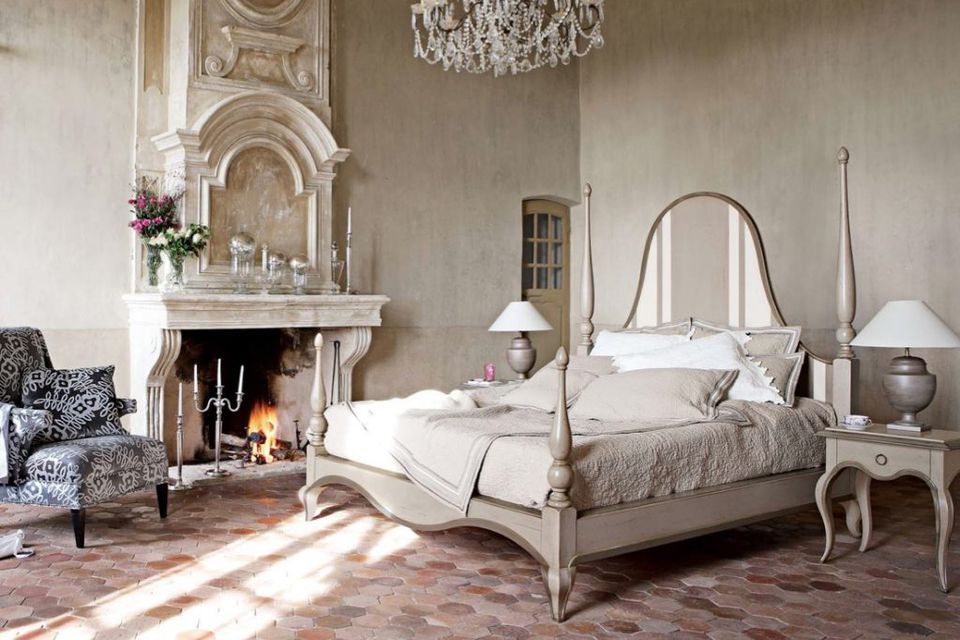
Provincial interiors were much less influenced by fashion trends, and their owners did not have the opportunity to often change the environment, so durability was a fundamental quality. French regional craftsmen learned to create things that were strong, easy to use, and aging with dignity.

For example, a ladder dining chair with a characteristic backrest decorated with crossbars has become a universal item. To make the aging of objects less noticeable, craftsmen used abrasions as a decorative technique. Patinated metal, worn light lacquer, “carelessly” painted surfaces gave furniture and rooms a familiar look – as opposed to the ceremonial palace halls cleaned to a shine.
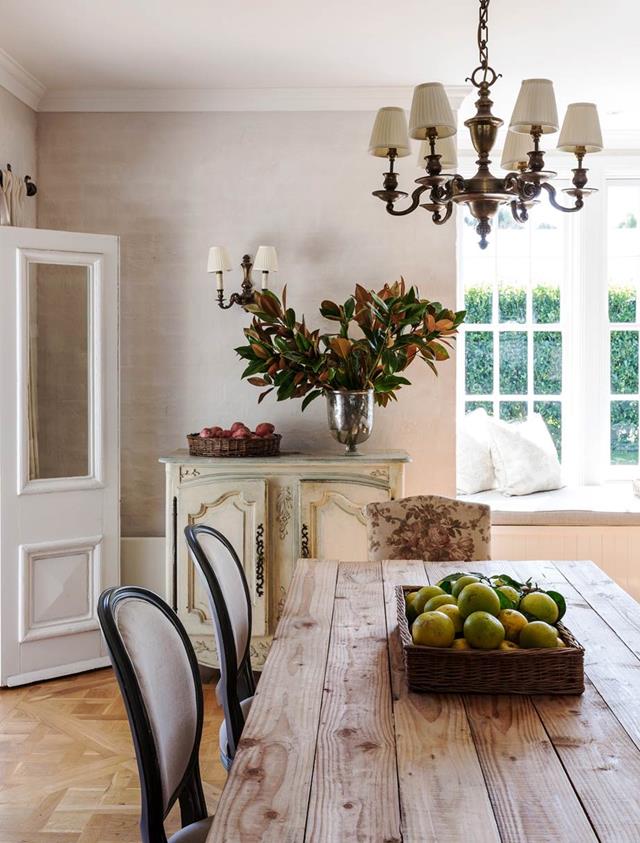
The aesthetics of Provence was directly related to the peculiarities of the nature of this or that province: the craftsmen used local stone and local varieties of wood, reproduced in paintings and carvings those things that they saw every day. The provincial style was characterized by a muted palette that became lighter as you moved south. The warm color scheme of whitish, cream, terracotta and herb shades was complemented by durable solid wood furniture (marquetry was too expensive), textiles with dense floral patterns and artisan ceramics.

It is the artisanal, craft component that made the houses of Provence so expressive and memorable. Its shabby chairs, painted sideboards and linen curtains are characteristic of the provincial style in general. Provincial interiors are unique for their ceramics, wrought metal and wicker furniture.
Want to learn more about various historic interior styles? Read my “History of Styles” eBook:

